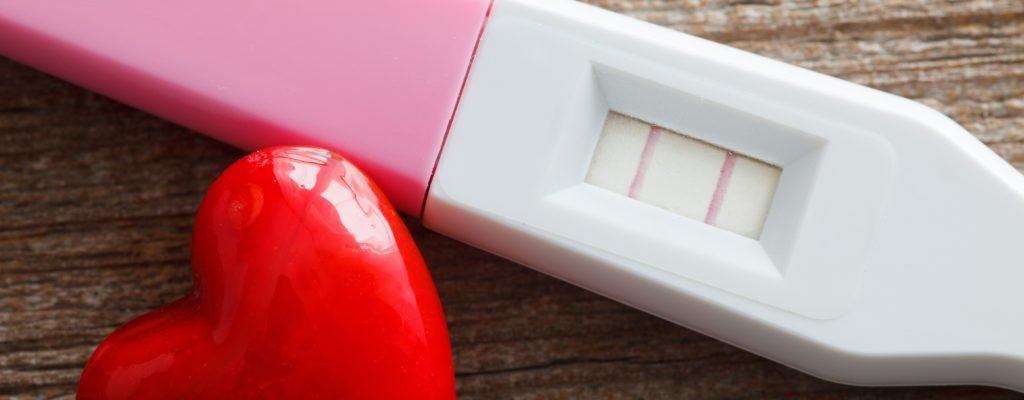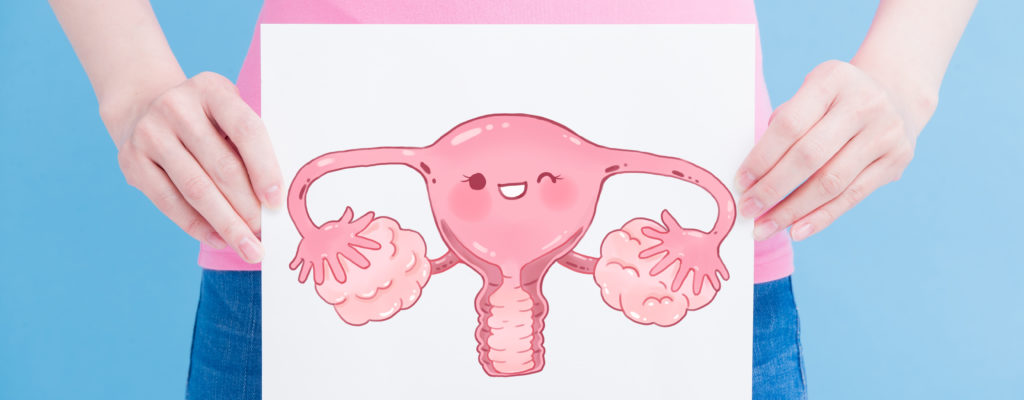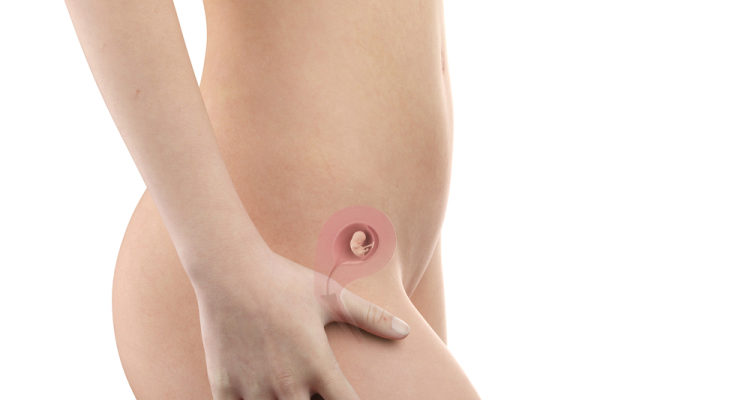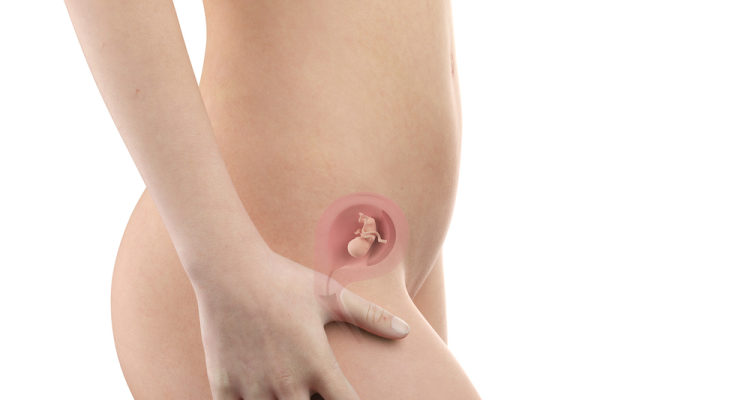During labor, if the mother is too tired to push, the doctor will advise the use of fertility support measures, which is to use suction cups. Usually, this is quite effective. However, like other medical procedures, aspirational delivery also has many potential risks that you should be aware of.
Suction delivery means that during delivery the doctor will use a suction device to direct the baby to go out along the delivery path. A suction device, also known as a suction cup, is a cup-shaped plastic device that grabs the baby's head and uses gentle suction to help lift the baby out of the birth canal.
As with other medical procedures, there are associated risks when using suction cups to deliver delivery. Even a normal birth also has certain complications for both mother and baby. In most cases, aspiration is used to prevent caesarean section or prevent fetal failure. If done properly, aspirational delivery is far less of a risk than a cesarean delivery or prolonged pregnancy failure. That means mother and baby will have fewer complications.
In recent years, aspiration has been increasingly used and the risk of assisted delivery in this way is well documented. The danger of the suction cup can cause mild or more severe scalp damage that could lead to bleeding in the baby's skull.
1. Smoking delivery can cause scalp damage
Scalp lesions are very common in cases of aspiration delivery. Even if you have a normal birth, your baby may experience swelling in a small area of your scalp. During labor, the cervix and birth canal put a lot of pressure on the baby's head because it is the first organ to enter the birth canal. As a result, the baby's head may be swollen and cone-shaped. If your baby tilts his head to one side at birth, this swelling will be on one side. This usually goes away within 1-2 days after birth.
In the past, the suction cup was often made of metal. Therefore, it produces bumps on the top of the baby's head. These bumps usually go away within 2-3 days. Occasionally, at the suction cup position, the baby's scalp will also change color and look bruised. This situation will also go away and leave no consequences. Currently, most of the suction cups are made of plastic or silastic. These types of suction cups cause less swelling.
Suction delivery can also create tiny cracks or scratches on the baby's scalp. These lesions often occur in difficult, prolonged births that require the use of multiple aspirations. Most of these wounds are just outside the skin and will heal very quickly.
2. Hematoma
A hematoma is the formation of blood under the skin. This usually happens when a vein or artery becomes damaged, causing blood to flow out of the blood vessel and into surrounding tissues. Two types of hematoma that can occur during aspiration delivery are cephalohematoma and Galeal underweight hematoma (Subgaleal hematoma).
First blood tumors
Hematoma is bleeding in the space below the fibers covering the skull. This type of hematoma rarely leads to complications, but usually takes 1-2 weeks to disappear. Babies with first blood tumors usually do not need further treatment or surgery.
Galeal hematoma
Galeal underweight hematoma is a more serious condition. This happens when blood builds up just under the scalp. Since under the scalp is a large space, blood can accumulate a lot in this space. This is why Galeal underweight hematoma is considered the most dangerous complication of aspiration-assisted delivery.
When the suction is not strong enough to move the baby's head along the birth canal, it can cause the scalp and the layers of tissue just below the scalp to separate from the skull. This causes serious damage to the underlying veins. Using a suction cup made of soft plastic will reduce the incidence of this injury. Although rare, Galeal hematoma is a life-threatening condition.
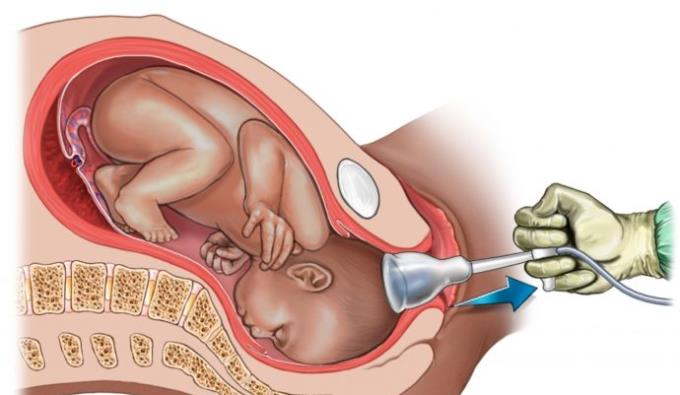
3. Cerebral hemorrhage
Cerebral hemorrhage is a dangerous but rare complication of aspiration delivery. The force applied to the baby's head can damage blood vessels, leading to bleeding in the skull. Although brain hemorrhage is rare, it can lead to loss of memory, loss of language ability or the ability to move around in the affected area when it occurs.
4. Retinal hemorrhage
Retinal hemorrhages are relatively common in infants. This is usually not serious and will go away very quickly without any other complications. The exact cause of this condition has yet to be determined. However, that could be the result of increased pressure on the head as the baby passes through the birth canal.
5. Jaundice
Newborn jaundice usually develops in babies born with the help of suction sensations. Jaundice is a yellow color of the skin and eye lining. This condition is quite common in infants. It is caused by increased bilirubin in the blood. Bilirubin is a yellow pigment that is produced when red blood cells rupture.
A suction delivery can cause a large bruise on your baby's scalp. Bruising is caused by damage to the blood vessels, causing blood to leak and forming black or blue spots. The body can absorb blood from bruises. This amount of blood may cause more bilirubin to be produced. Normally bilirubin will be eliminated from the body through the liver. However, the baby's liver may not yet be developed and bilirubin cannot be effectively eliminated. When there is too much bilirubin in the blood, the skin and eye mucosa are affected and turn yellow.
Jaundice usually goes away on its own within 2-3 weeks. However, some babies need phototherapy. During therapy, the baby will be exposed to high intensity light for 1-2 days. The light converts bilirubin into a less toxic form and helps the body to remove it quickly. Your baby will be wearing a special glasses during the treatment to protect the eyes from damage. In addition, your baby may also need a blood transfusion to lower the bilirubin level in the blood if he or she has severe jaundice.




